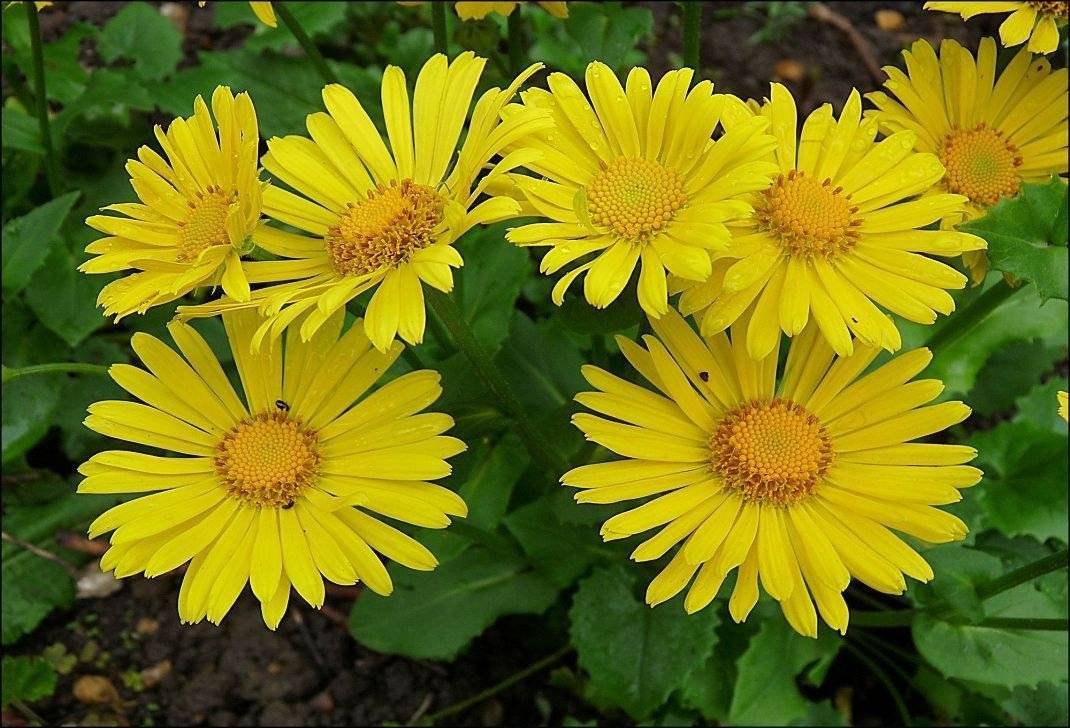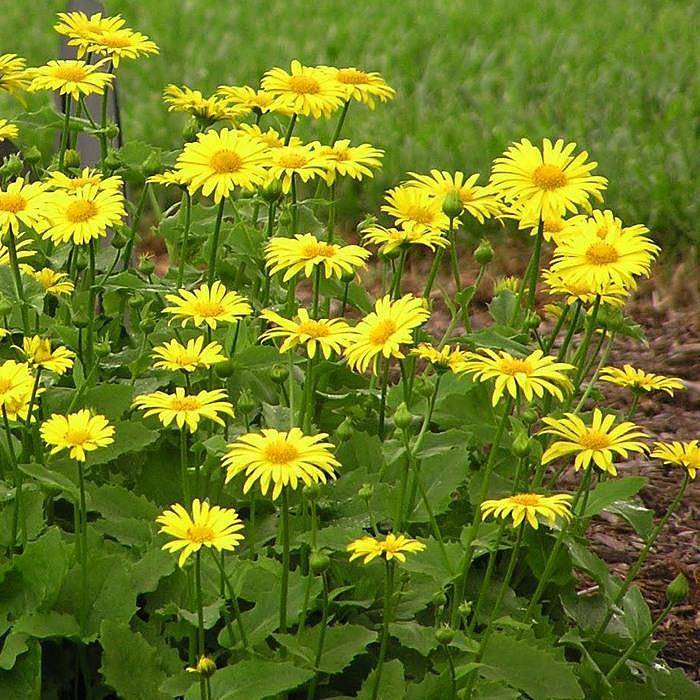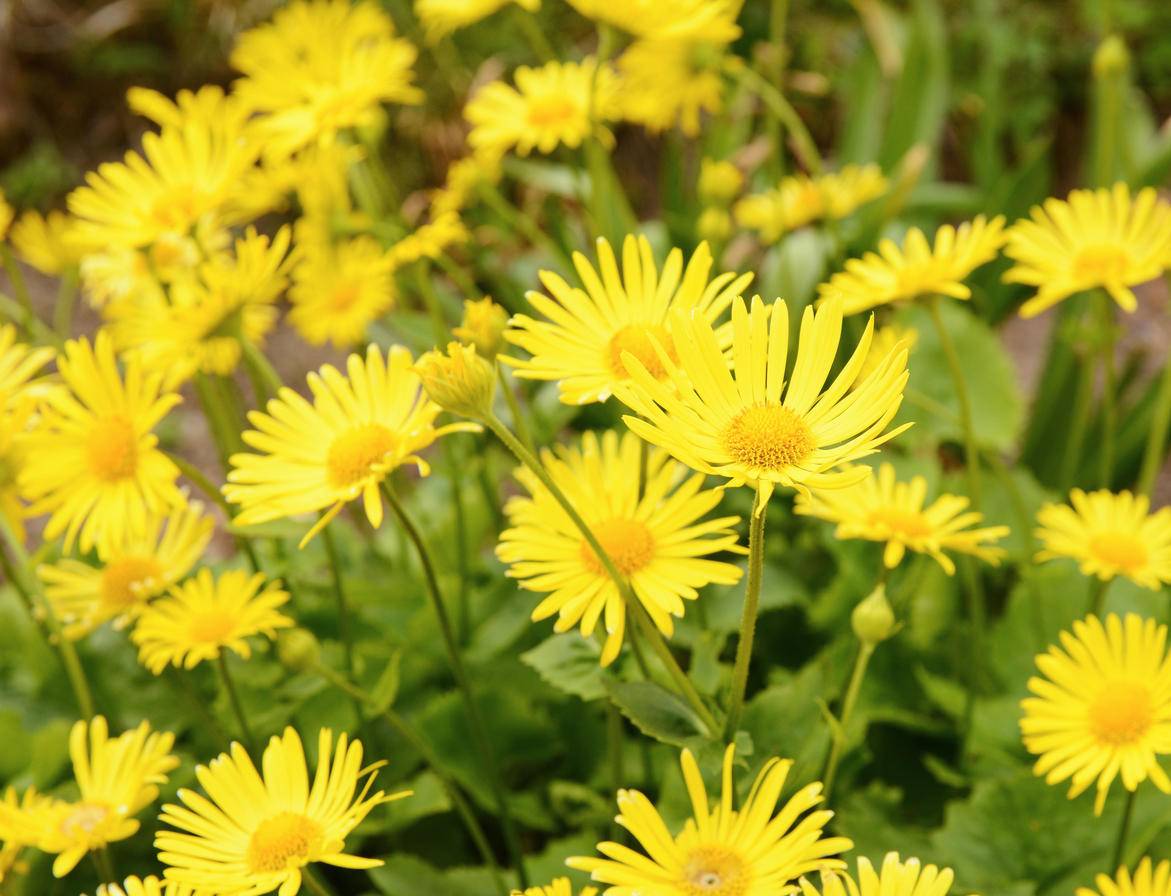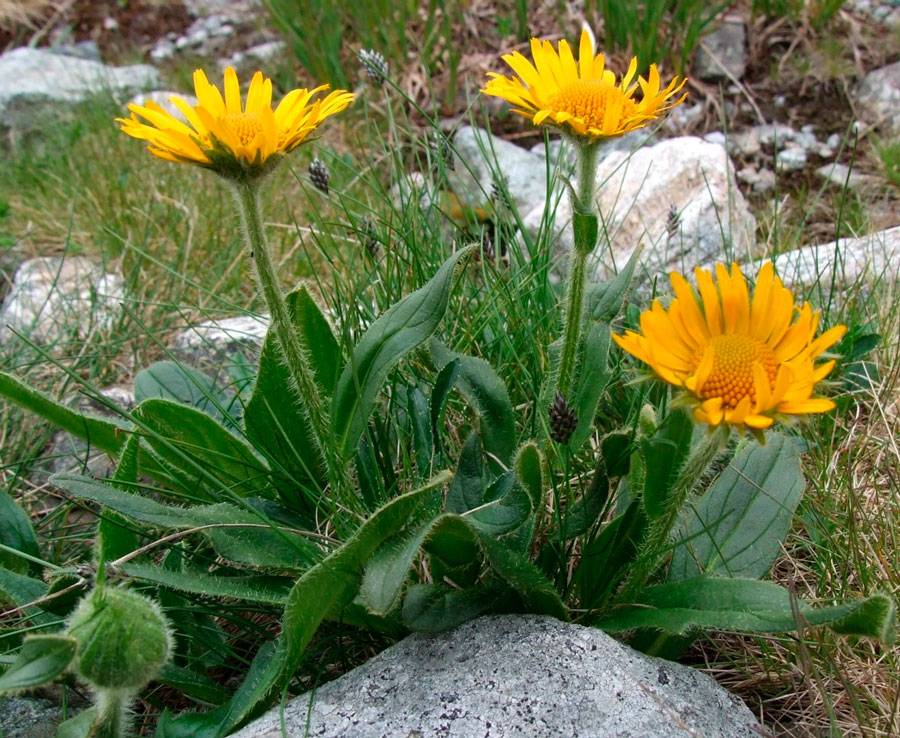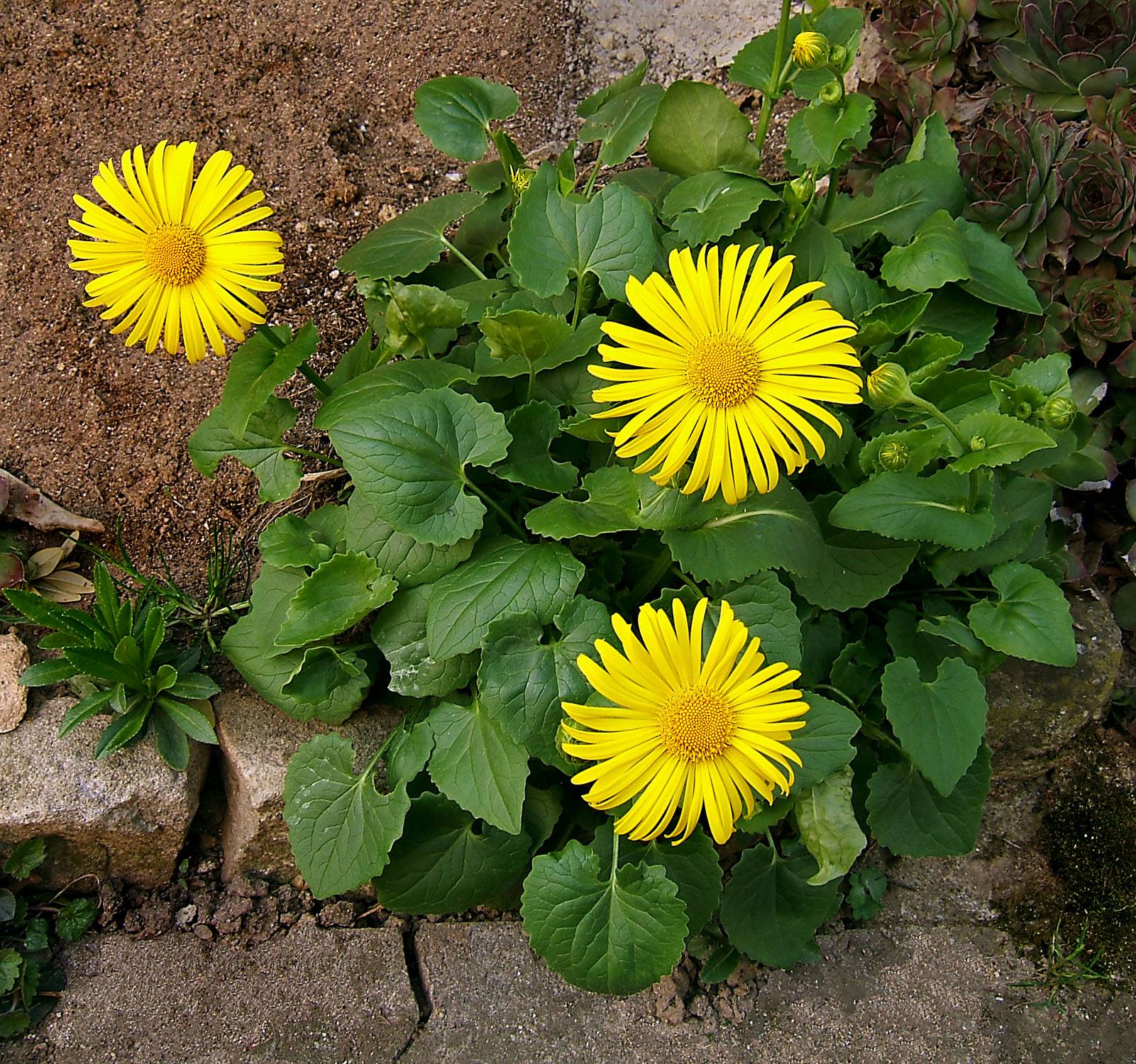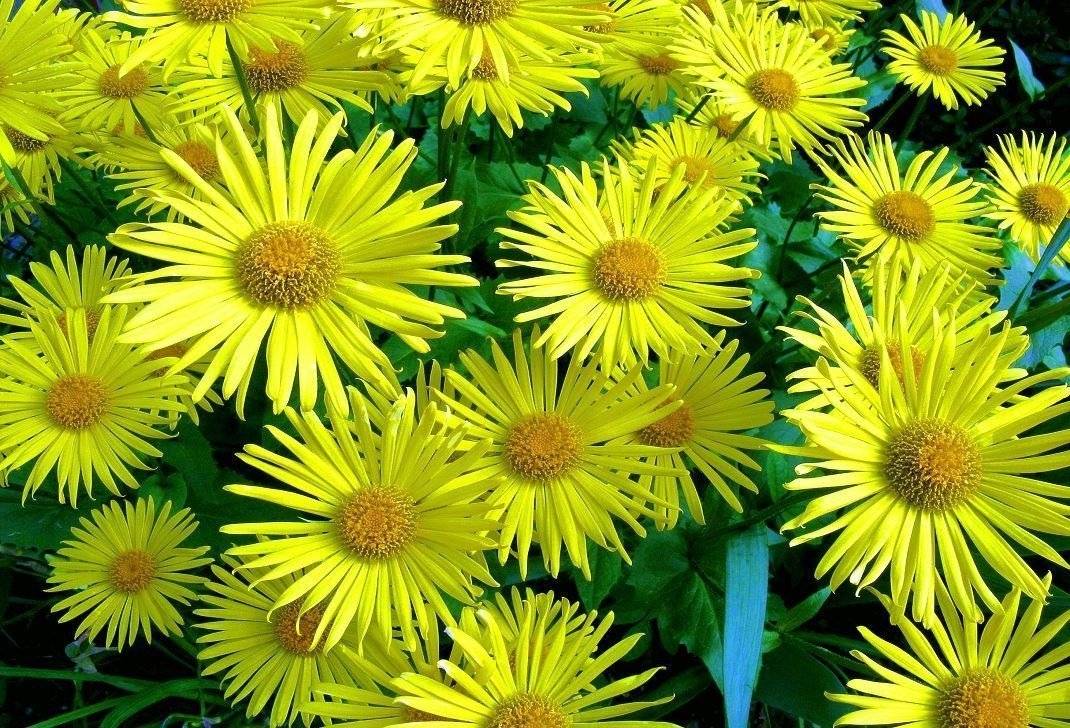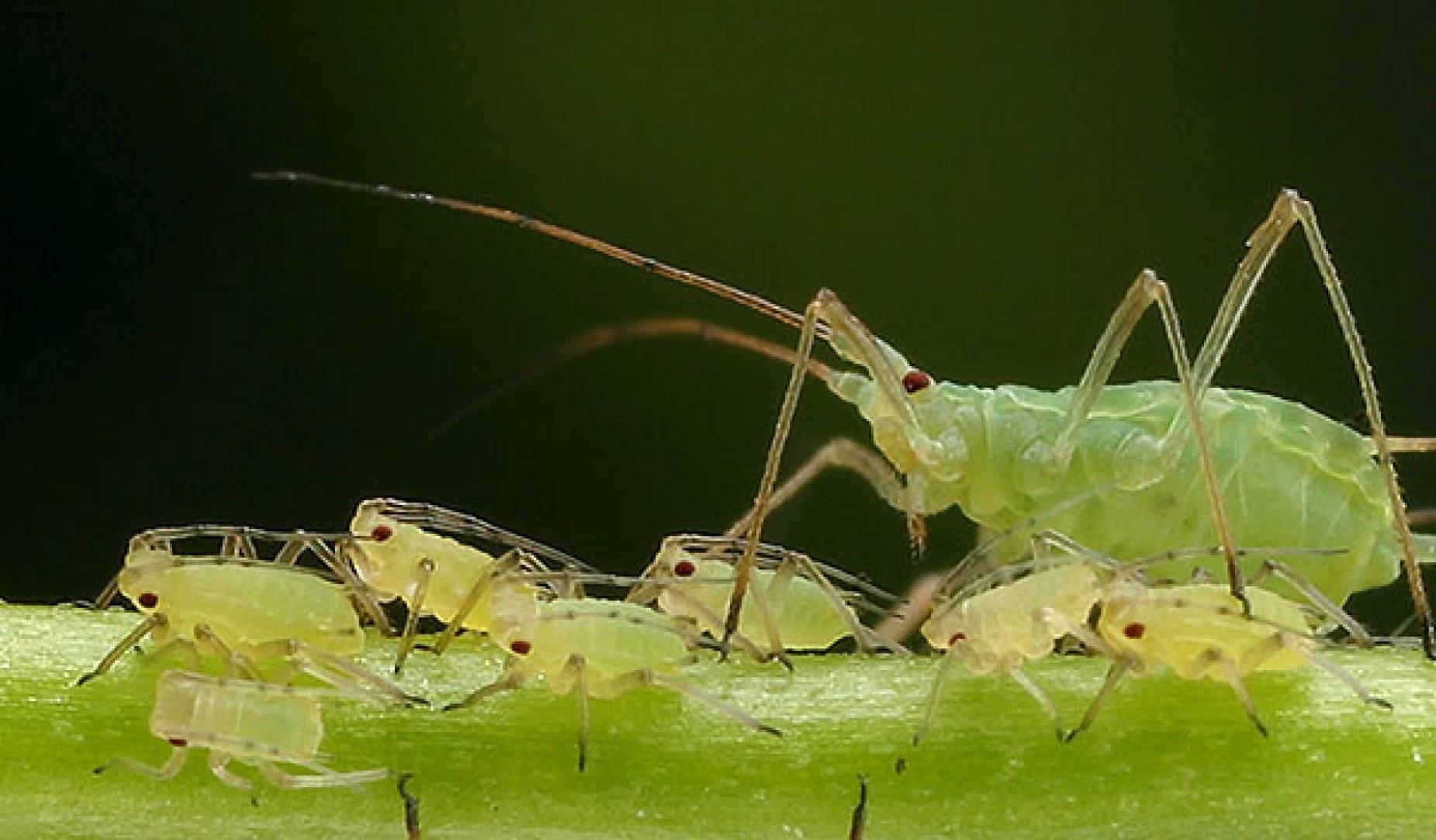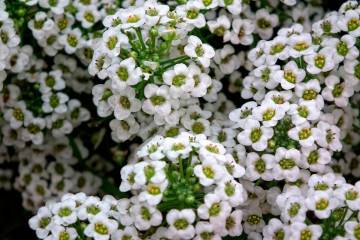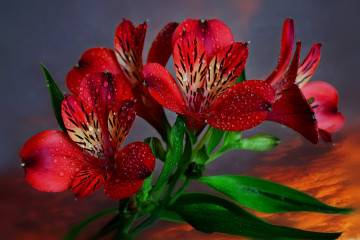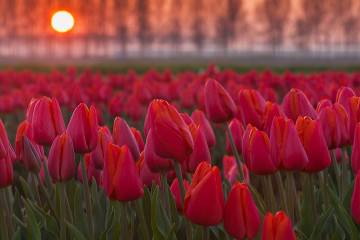Yellow daisies - perennial flowers
Content:
Often in everyday life, chamomile is called a plant that has nothing to do with the genus of chamomile. Confusion in the varieties of flowers has led to the fact that yellow daisies have become almost invisible to the average man in the street. Therefore, you should figure out which plants can rightfully be called yellow daisies, and which should not be attributed to this family.
Doronicum perennial - what kind of garden flower is it, what family does it belong to?
Doronicum (Doronicum) - a perennial flower belongs to the Astrov family. The plant also has other names - goat and yellow chamomile.
Short description, origin story, why prairie flower
The plant has wrap leaves characteristic of chamomile, growing in several rows around the corymbose inflorescences. There is a slight bulge at the top of the peduncle. Oval oblong toothed leaves have a dense structure and can reach 12 cm in length. The diameter of the corymbose inflorescences is about 5 cm. The ligulate flowers are bright yellow in color.
The first mention of the yellow chamomile dates back to 1584. It is believed that this species originated from the Mediterranean. The flower grows in dry, almost turned into steppes and meadows, places.
Description of varieties bred on the basis of pure Doronicum
On the basis of this variety, many beautiful varieties have been bred.
Eastern Doronicum
Herbaceous perennial half-meter plant. Growing places - the Caucasus, the Mediterranean and Asia Minor. Ovate basal foliage with long petioles toothed at the edges. The diameter of the pale yellow flowers is 3-5 cm. The core has a brighter, golden hue.
Doronicum plantain
Plant height reaches one and a half meters. On strong, weakly branched shoots, oval dark green foliage is located. The foliage is jagged.
Clusa
The habitat is high-mountain alpine meadows. Plant height up to 30 cm. Serrated foliage is covered with cilia and thick hair. A bright yellow basket is located on the pubescent top. The diameter of the flowers is 3-6 cm.
Growing from seeds
Doronicum is grown both through seedlings and through direct sowing of seeds into open soil.
Seedlings
The seeds are sown in April. Until the end of spring - early summer, seedlings should be indoors. After the threat of frost is minimized, they can be planted in open ground.
Seedless method
Doronicum flower loves semi-shaded places, away from trees. The soil should be light and slightly acidic. Before sowing, the site should be dug up and complex fertilizer should be applied to the soil.In the spring, before sowing, the grooves are filled with water.
Basic rules for growing
Now you need to figure out how the doronicum is grown from seeds and when the flower needs to be planted on the site.
Seed preparation and sowing
Cell trays can be used as planting containers. They are filled with soil mixture - coarse sand and peat (in a ratio of 1 to 1). Up to 3 seeds are sown in each of the cells, the containers are covered with foil, and placed in a place inaccessible to sunlight.
Timing
Sowing seeds should be carried out in mid-spring - in the month of April. At home, seedlings should spend a month and a half. In early June, they can already be planted on the site.
How to care for seedlings
Seedlings need systematic ventilation, removal of condensate and moistening of the soil mixture. When the first shoots appear, the degree of illumination must be increased. Weak tall plants (over 4 cm) should be pruned. One of the most resistant sprout should be left in each compartment.
14 days before planting, you need to start daily hardening of seedlings.
Site selection and soil preparation
Semi-shaded land plots with loose, moderately moist soil are excellent for a flower. It is not recommended to plant chamomile close to the trunks of mature trees. The soil should be dug deeply (a quarter of a meter deep) even in the autumn. During planting, feed the soil with rotted manure.
Landing in open ground
The landing holes should be at a distance of half a meter from each other. The size of the hole should correspond to the size of the seedling with an earthy clod. The flower is placed in a hole, sprinkled, compacted in the ground, and then slightly moistened.
Features of plant care in the open field
The doronicum flower, planting and caring for which does not require special attention, still has its own growing characteristics.
Watering
Since the chamomile roots are located at the top layer of the soil, the plant needs frequent moderate watering. The flower should be watered with settled warm water.
Spraying
In hot periods, the plant needs evening spraying or sprinkling procedures. In this case, it is important not to overdo it, otherwise you can provoke diseases.
Humidity
Excessive moisture is difficult for yellow daisies to tolerate, so it is better not to plant flowers near large trees and in low-lying places.
Priming
The acidic, clayey and heavy soil is not suitable for chamomile. The best option would be a light, loose, slightly acidic soil containing useful substances.
Top dressing
In the spring, the plant needs complex fertilizers. Both mineral compositions and organics are suitable for the flower. At the end of August, during the period of building up new outlets, the goat is fertilized with nitrogen-containing compounds.
When and how it blooms
All types of flowers are colored in different shades of yellow, the centers usually have a darker color - dark yellow or brown. Doronicum has an interesting property: when the weather conditions change, it changes the size and color saturation of the petals. The diameter of the inflorescences ranges from 4-15 cm.
Flower shapes
The flower is shaped like a small sun. The effect of this is enhanced by the fluffy, bright yellow core.
Flowering period
Yellow chamomile blooms begins in spring and ends in late summer. Cut flowers, while in the water, retain their fresh appearance for about 2 weeks.
Changes in care during flowering
During the flowering period, chamomile needs good watering, especially in dry weather.You can also apply mulching. Loosening the soil near the bushes is not worth it, since you can harm the superficial root system. At the end of flowering, the plant needs pruning.
Transfer after purchase
Doronicum is usually sold commercially in the form of seeds. When buying seedlings, they can be planted in the ground or left to grow on the windowsill. When to transplant doronicum? A perennial transplant is carried out after 10-12 months.
Possible growing problems
Although doronicum is not a capricious flower, problems with its cultivation still sometimes arise.
Leaf problems
A common cause of damage to chamomile foliage is slug activity. They love to feast on green leaves. To prevent their appearance, the soil near the plant should be sprinkled with hot pepper. This will prevent pests from crawling to the flower.
Pests
Yellow chamomile is often attacked by aphids and thrips, which suck the juices from the flower. To combat them, various insecticides are used, which effectively help to get rid of small pests.
Diseases
In the case of excessive watering, gray rot may appear on the plants. In this case, the plants need to be thinned out, get rid of the infected parts and watering should be corrected.
When waterlogged, the flower is also exposed to rust and powdery mildew. In this case, you need to reduce watering, and remove the damaged parts of the flower.
Signs of improper care
If the doronicum has not been planted for a long time, then its flowers may be too small. For rejuvenation, the plant should be dug up and divided into parts.
Problems can also arise with an excess of light. Although doronicum belongs to light-loving plants, with excessive exposure to sunlight, the flowers can significantly grind.
Growing doronicum outdoors is pretty easy. Even an inexperienced gardener can handle this task. Providing the plant with the right care, it will be especially pleasant to enjoy the lush flowering of a garden pet.
